this post was submitted on 14 Aug 2024
85 points (100.0% liked)
Mycology
3163 readers
18 users here now
founded 3 years ago
MODERATORS
you are viewing a single comment's thread
view the rest of the comments
view the rest of the comments
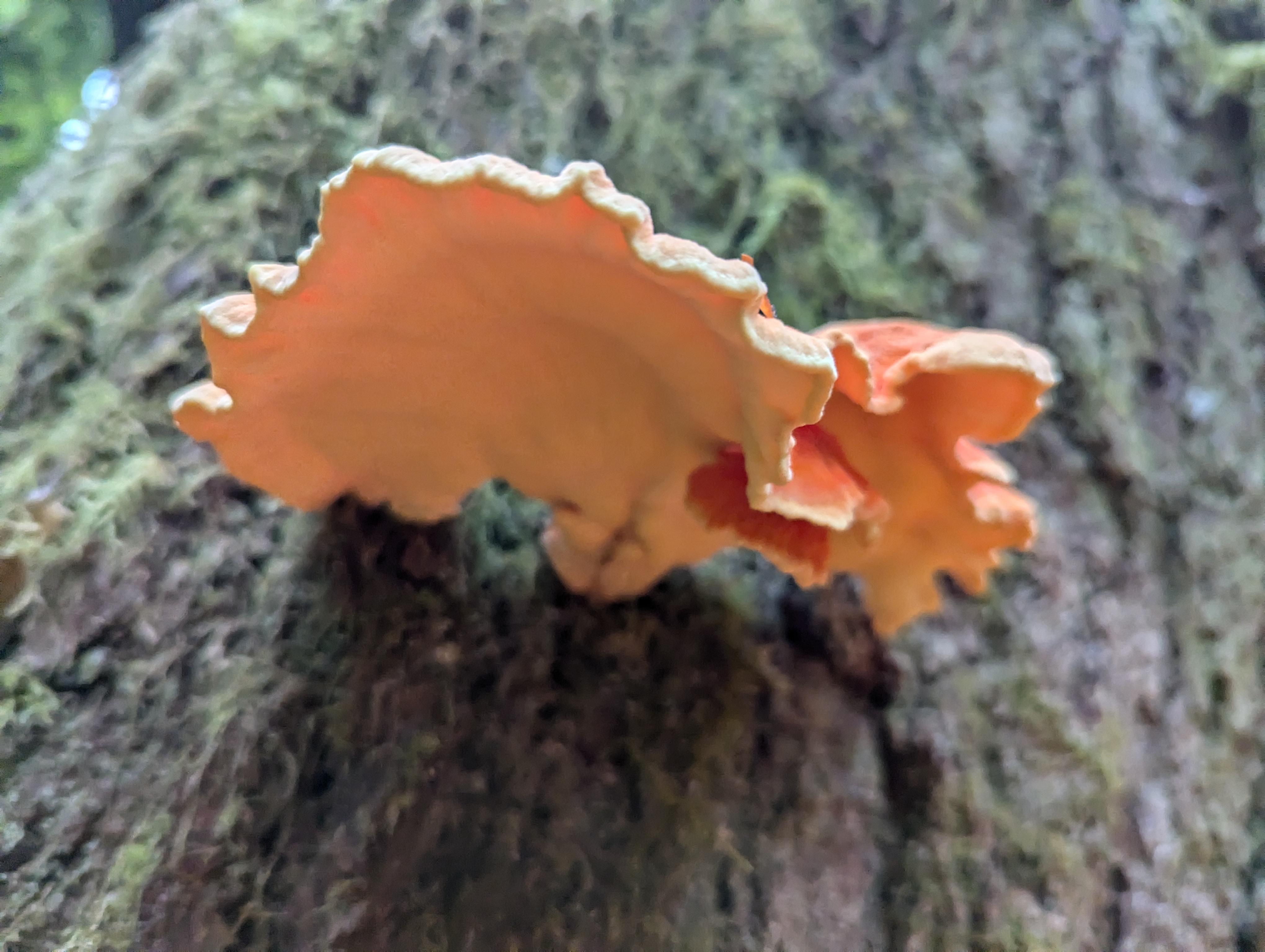
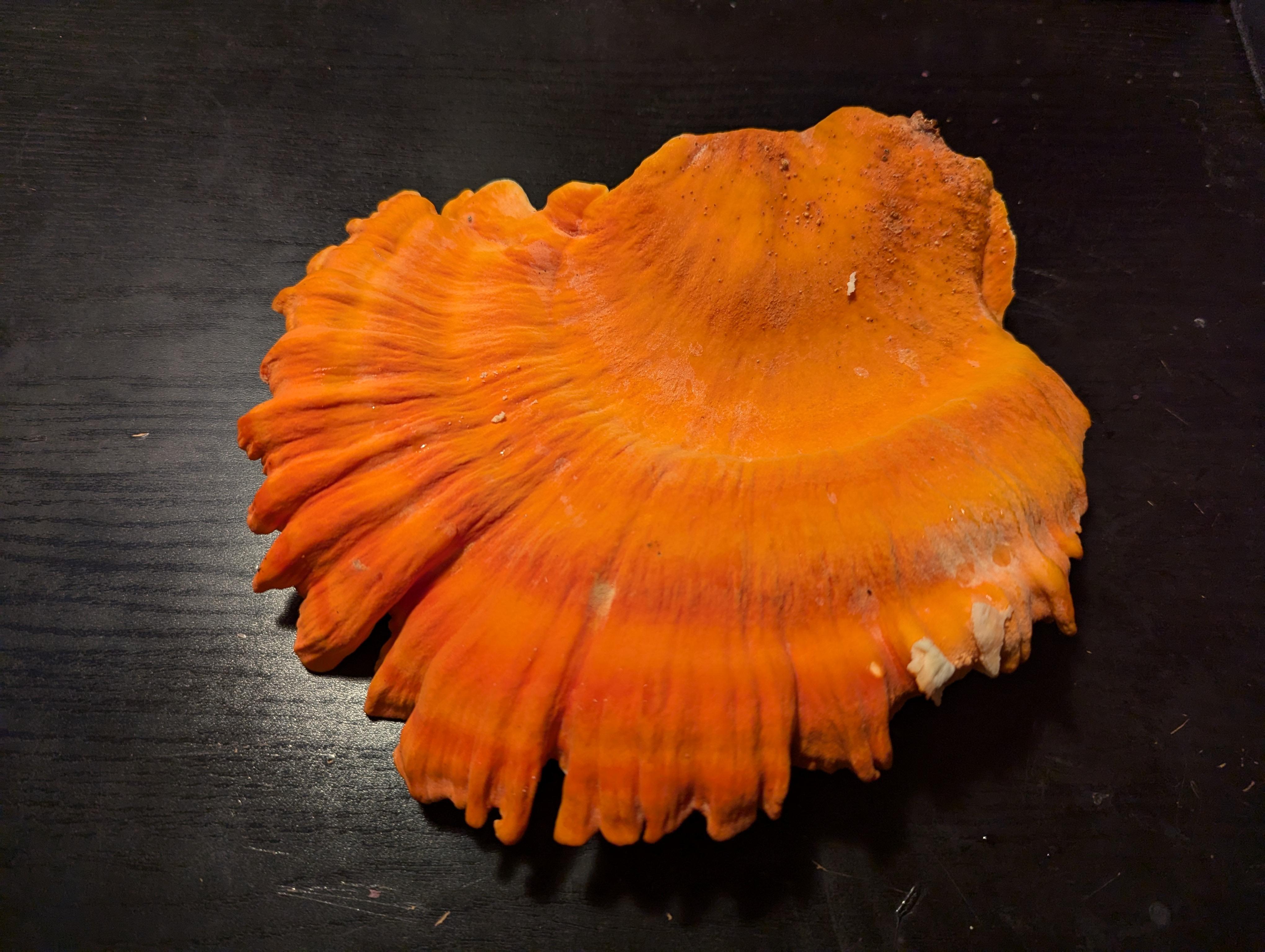
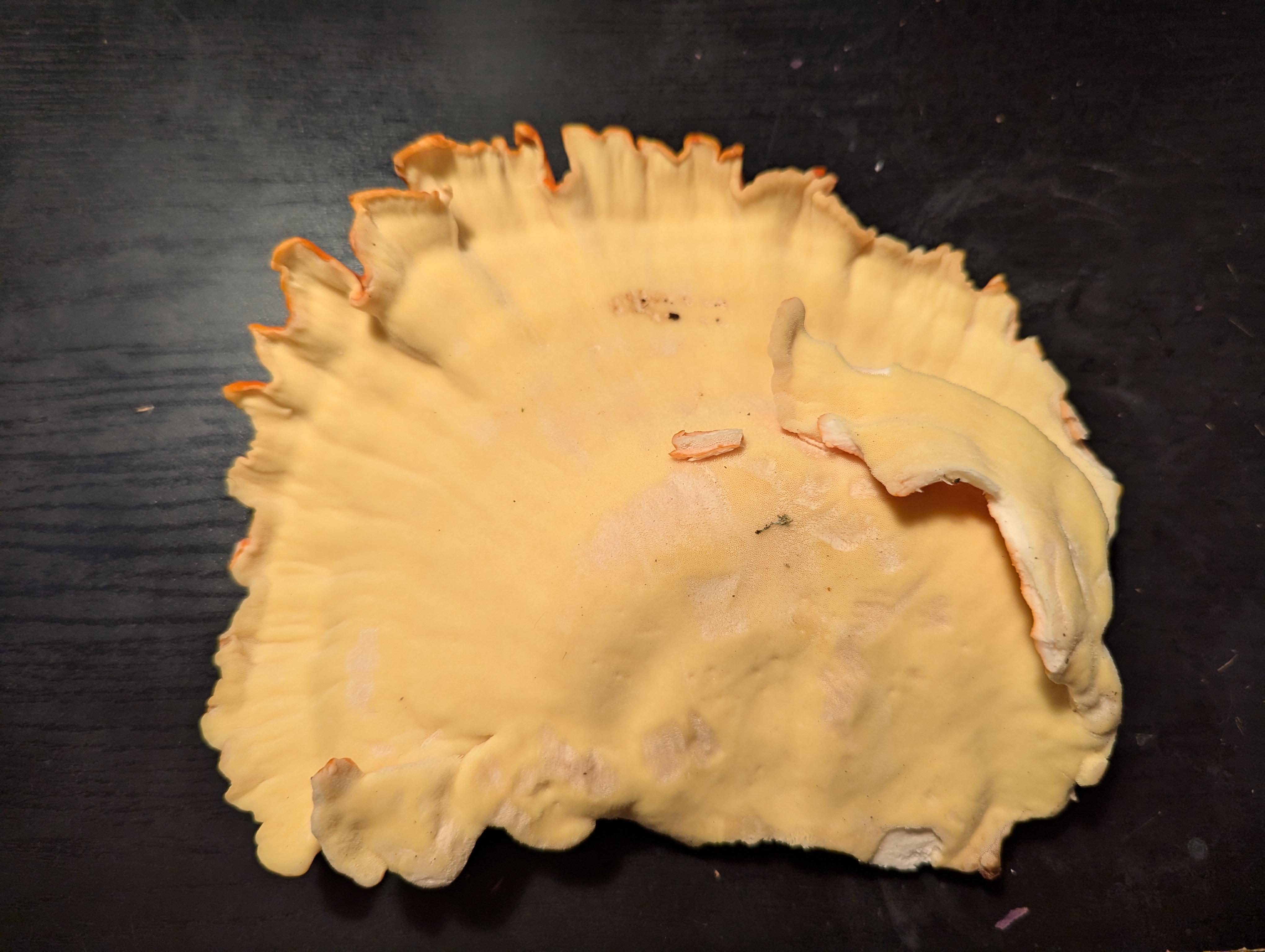
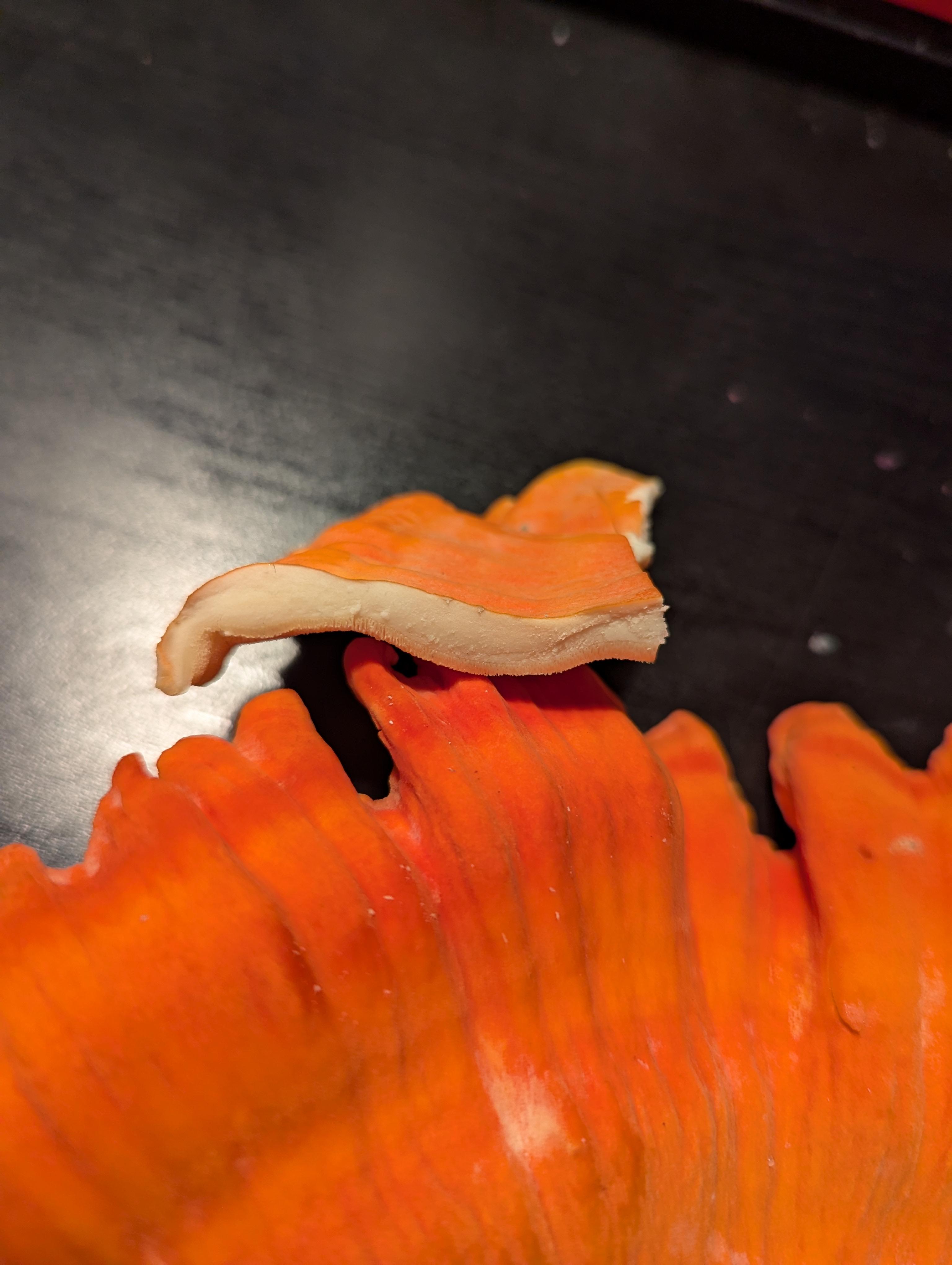
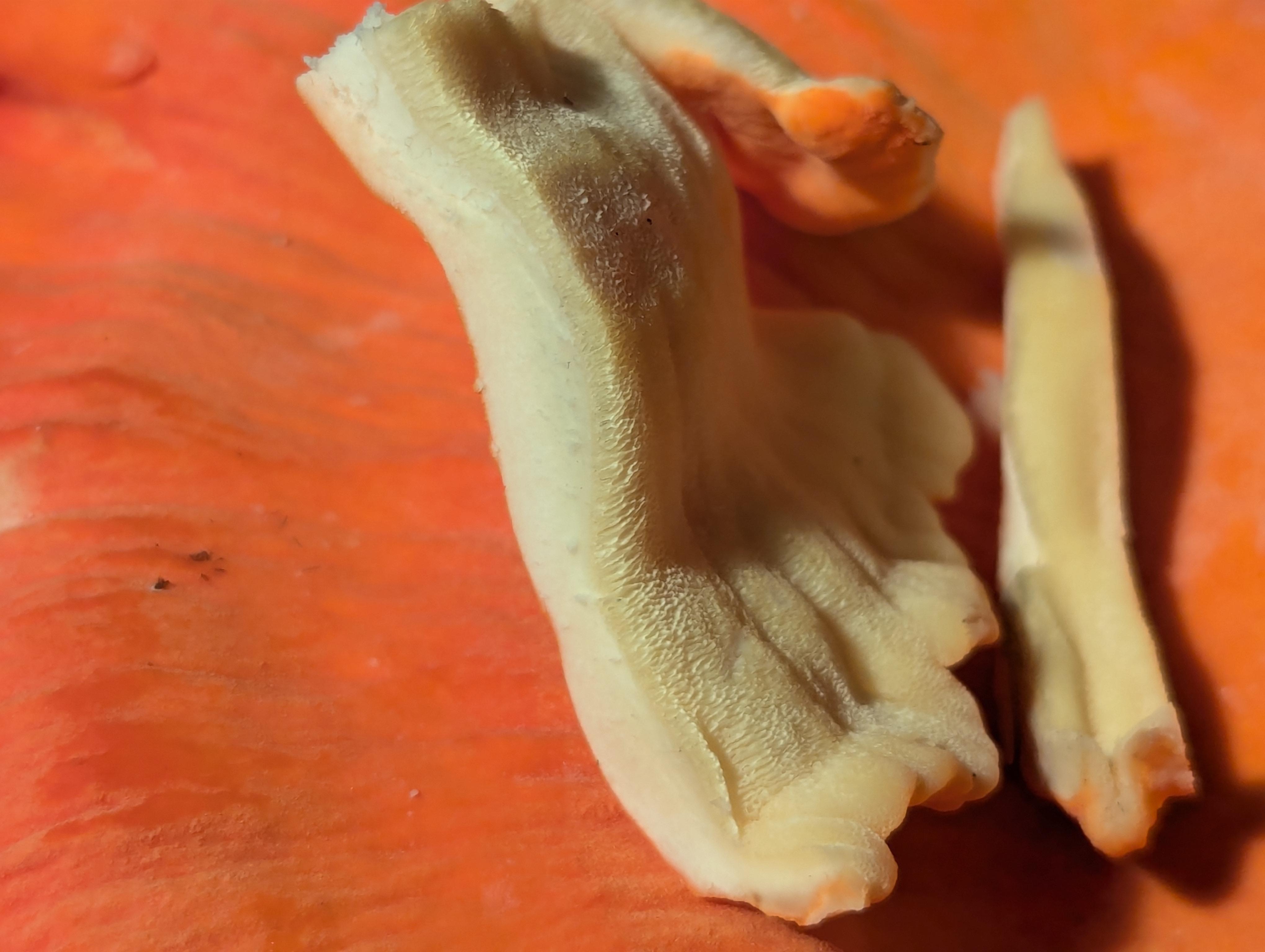
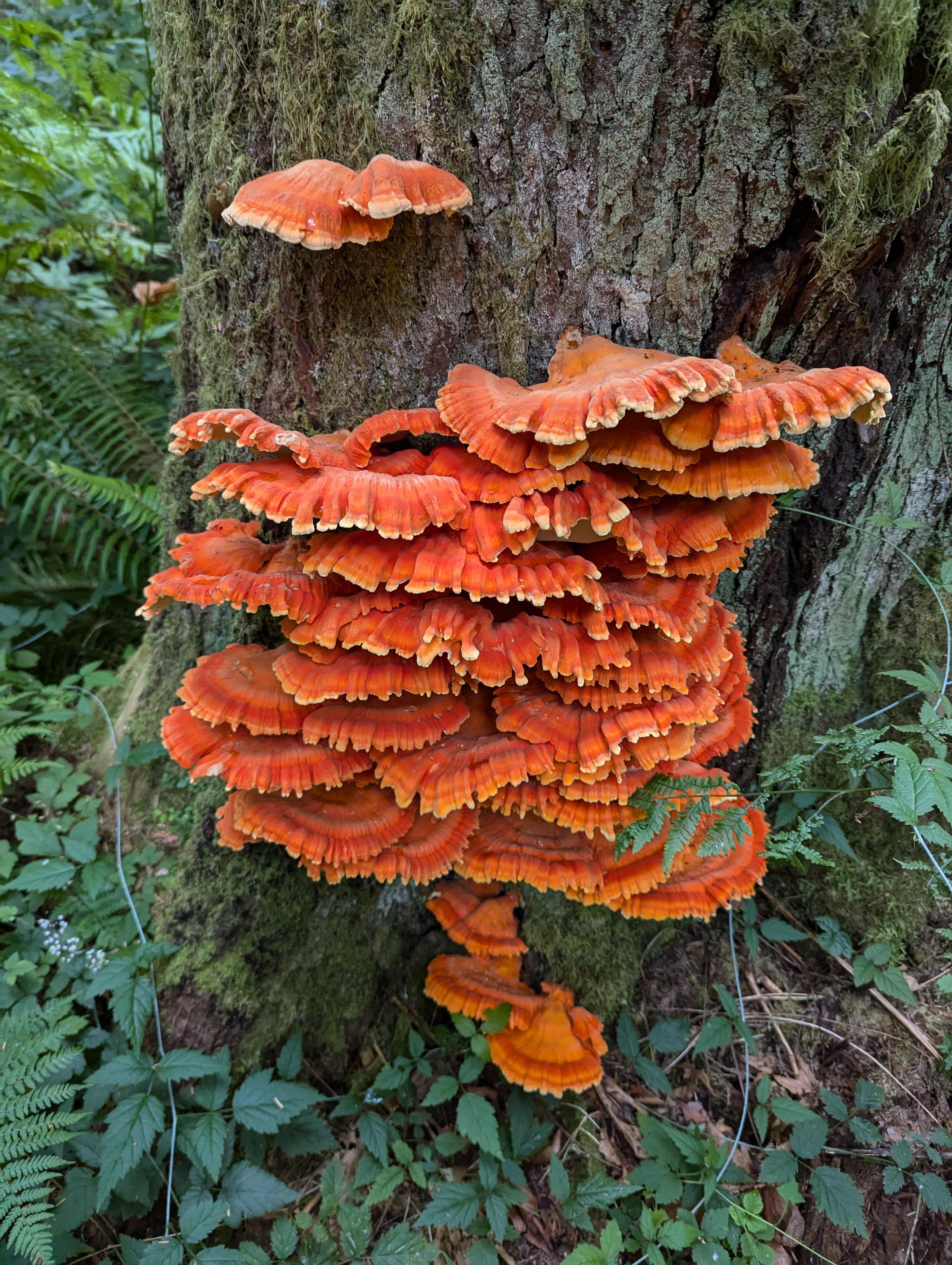
it sure is. the species I'm not 100%, but I wanted to say make sure it wasn't on a conifer tree (spruce, fir, pine). it won't kill you but you might not feel very good
Definitely looks like conifer bark of some sort. Not many non-conifer trees in the pnw.
What is it about conifers that makes the mushrooms not edible?
checked myself and researched it again, seems like it's just that when people have allergic reactions with them it tends to be when they've grown on conifers. my bad! so, it doesn't make the mushroom not edible, just eat a little bit and wait a day to make sure you don't have the allergy
It's a hemlock stump.
See the following source for some extra info: